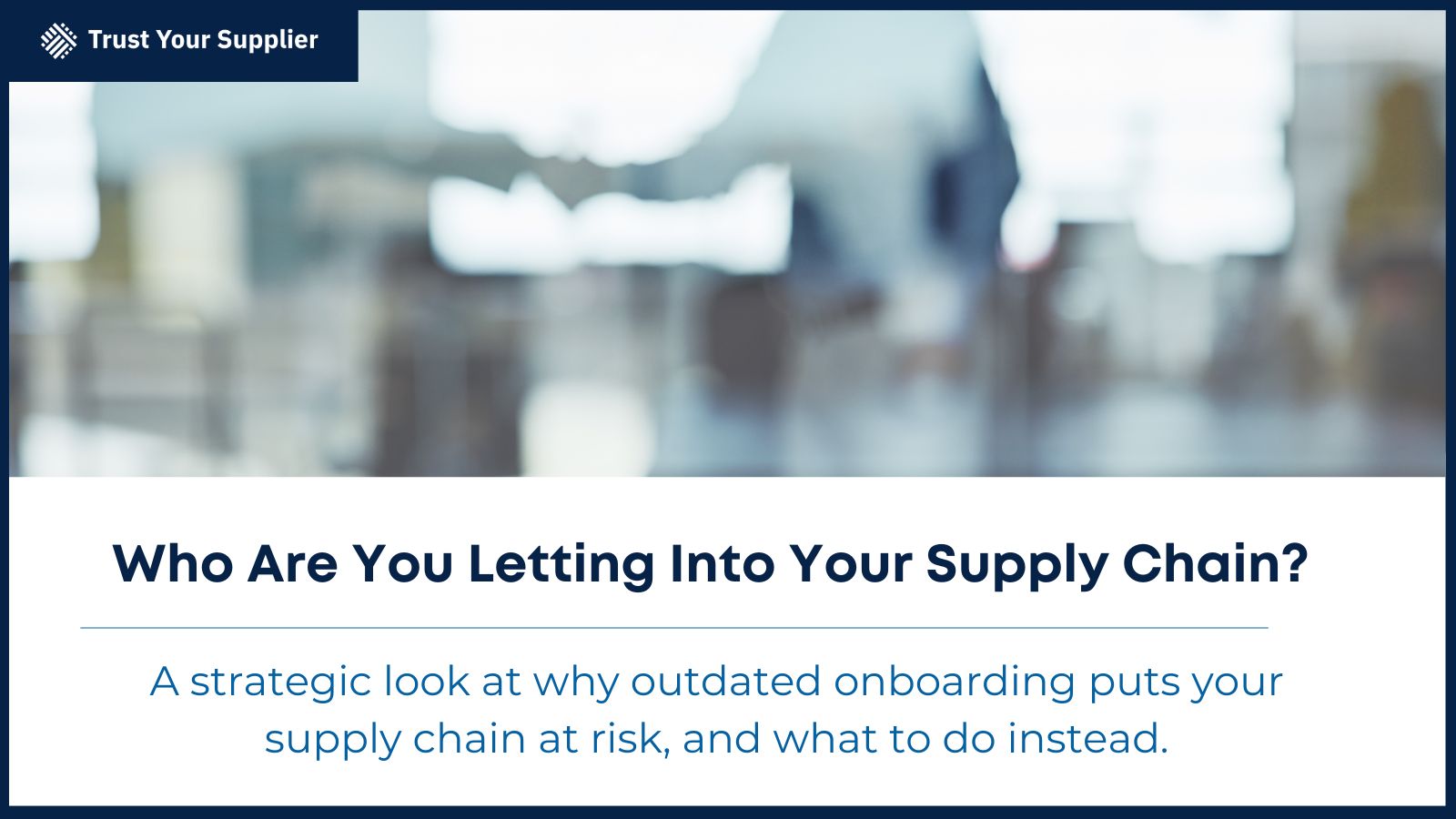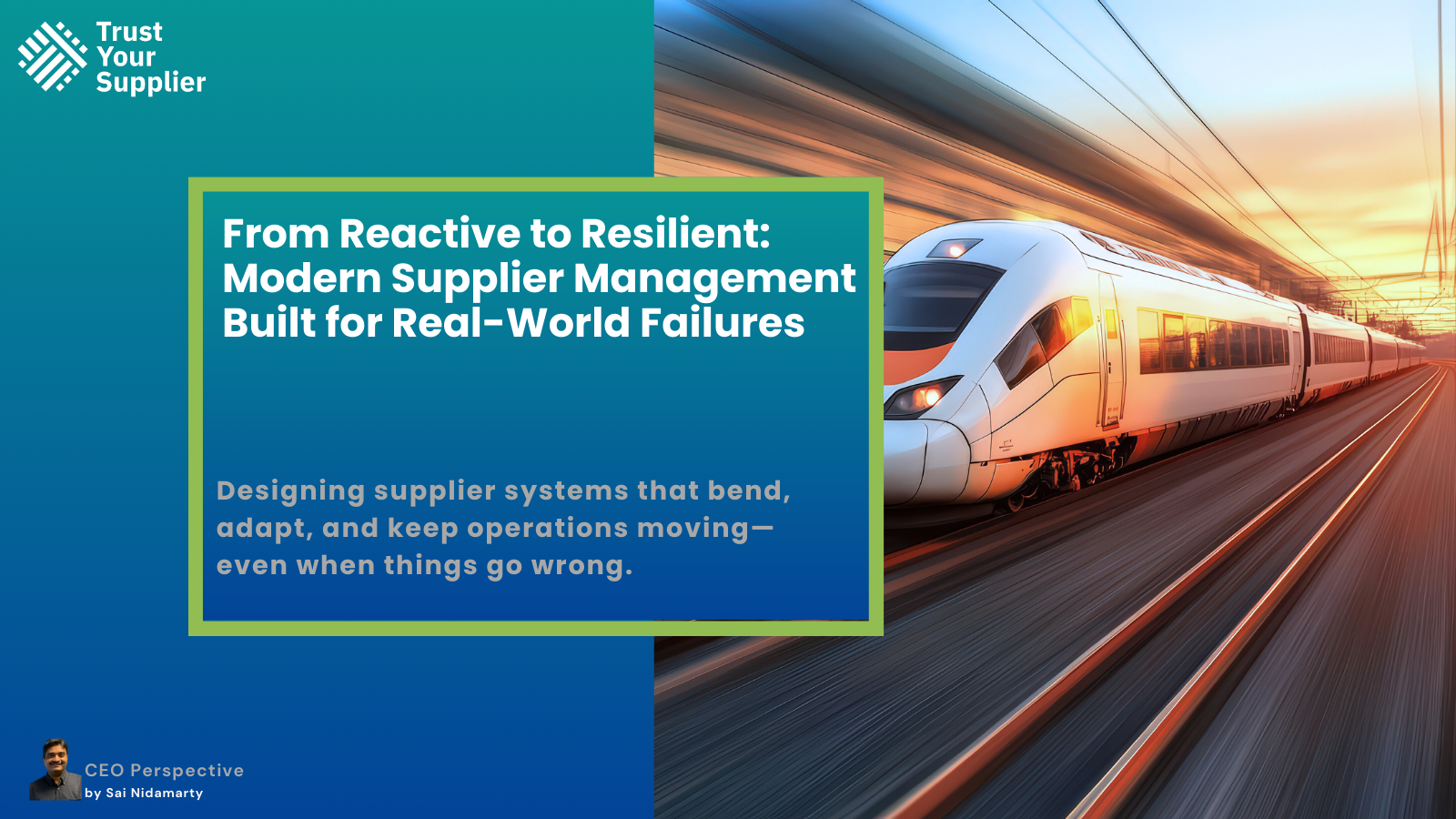
Search our Posts

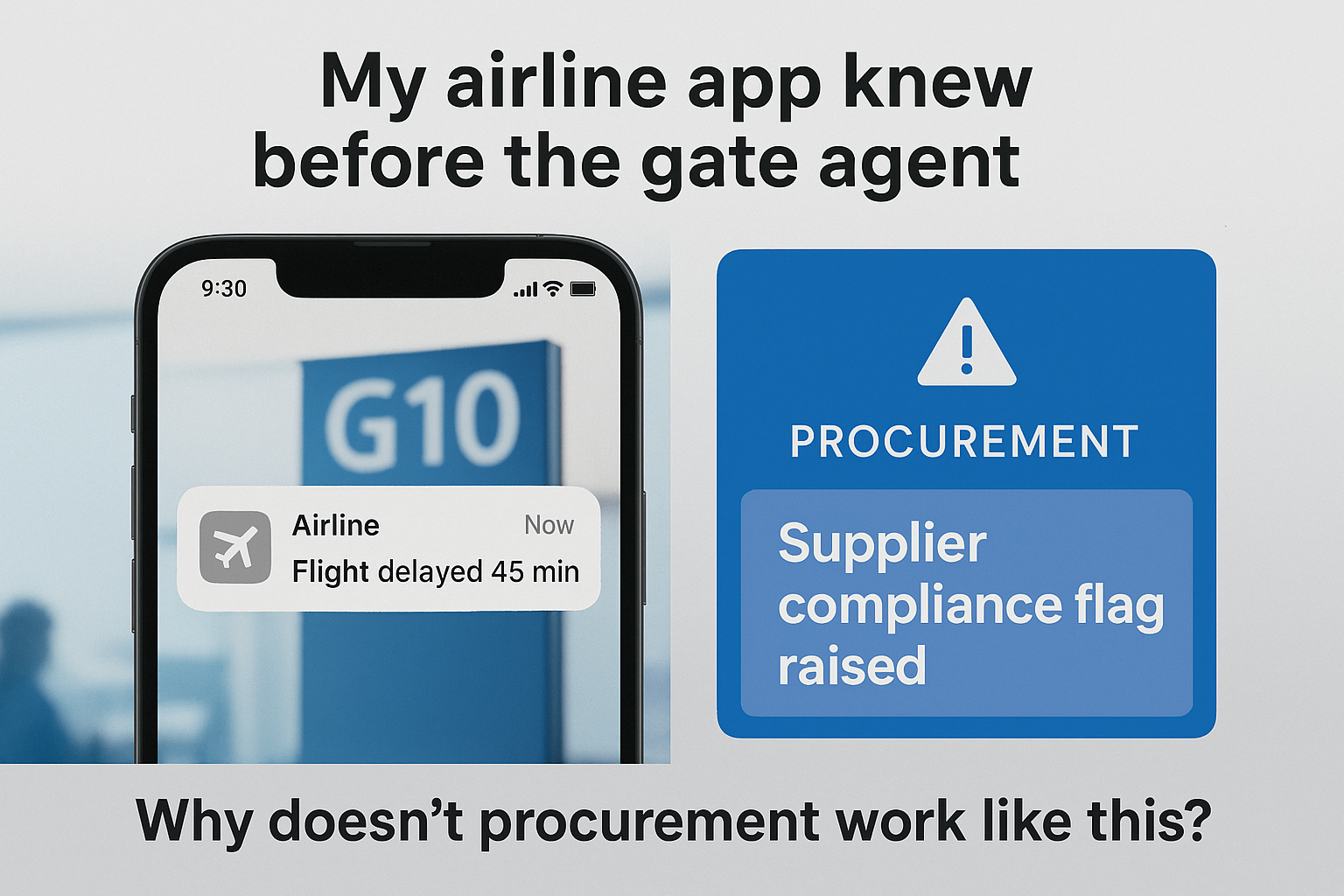
When Your Airline App Is Smarter Than Your Supplier Management System
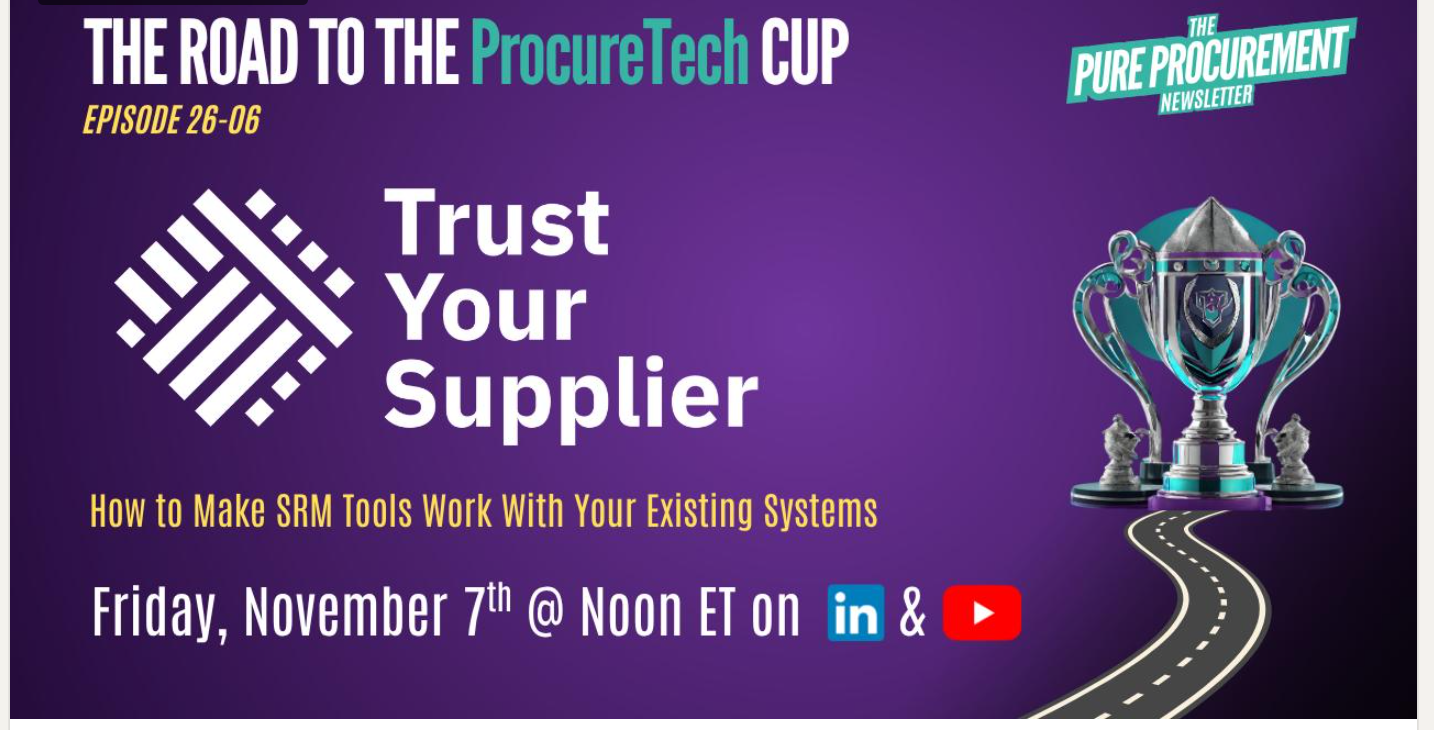
Bridging Platforms for Smarter Procurement: TYS Presents on LinkedIn Live “The Road to the ProcureTech Cup”
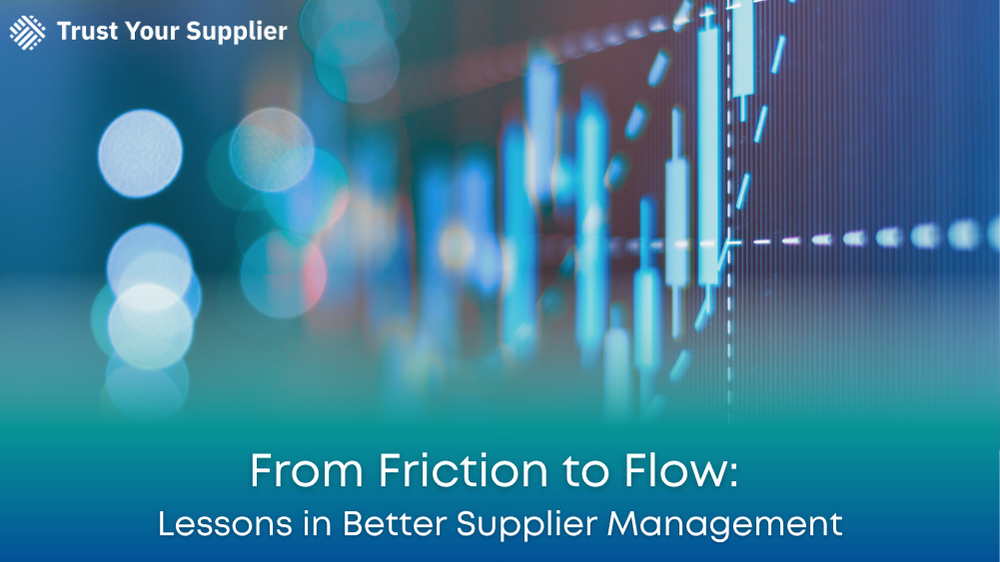
From Friction to Flow: Lessons in Better Supplier Data Management
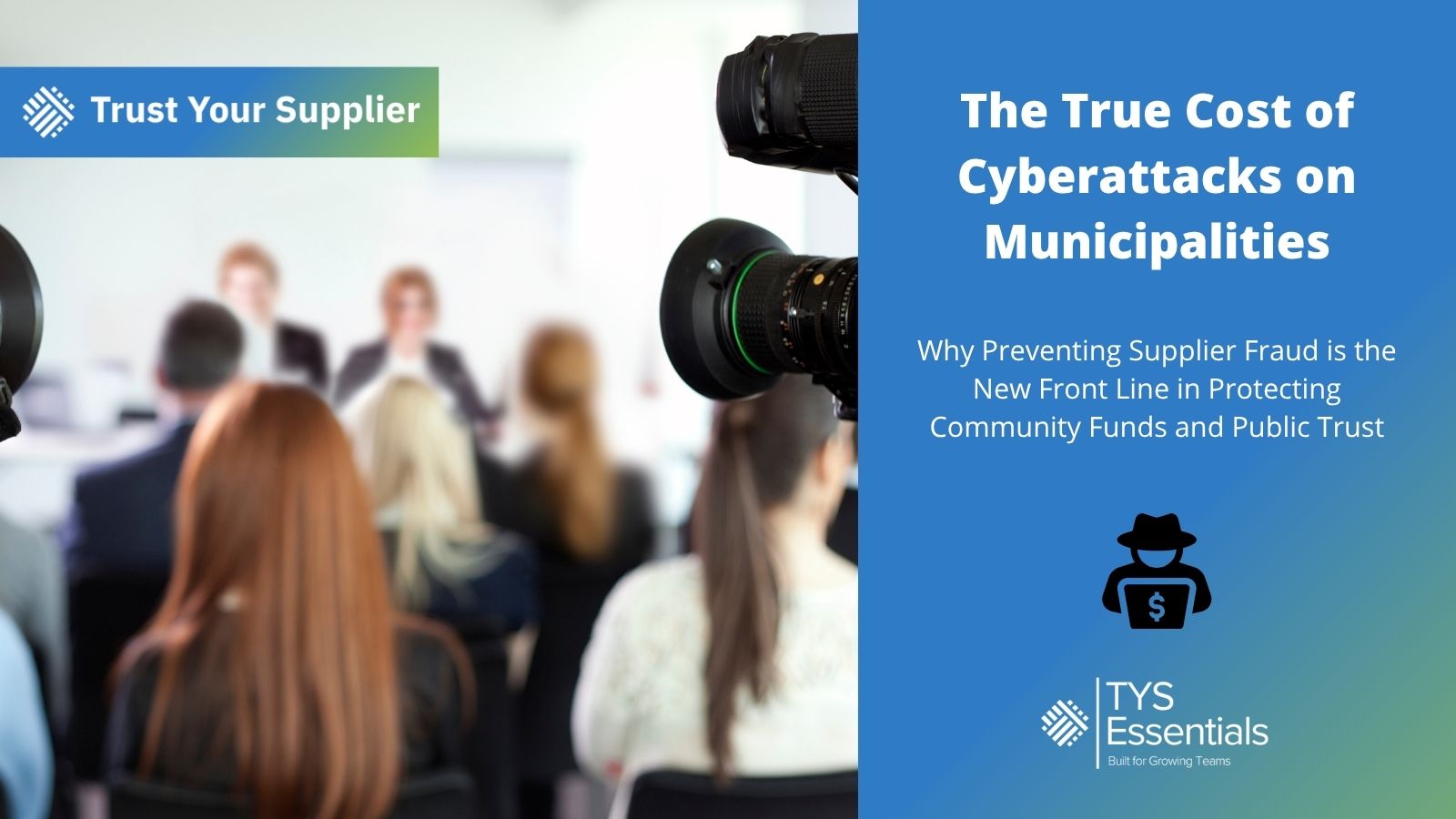
The True Cost of Cyberattacks on Municipalities
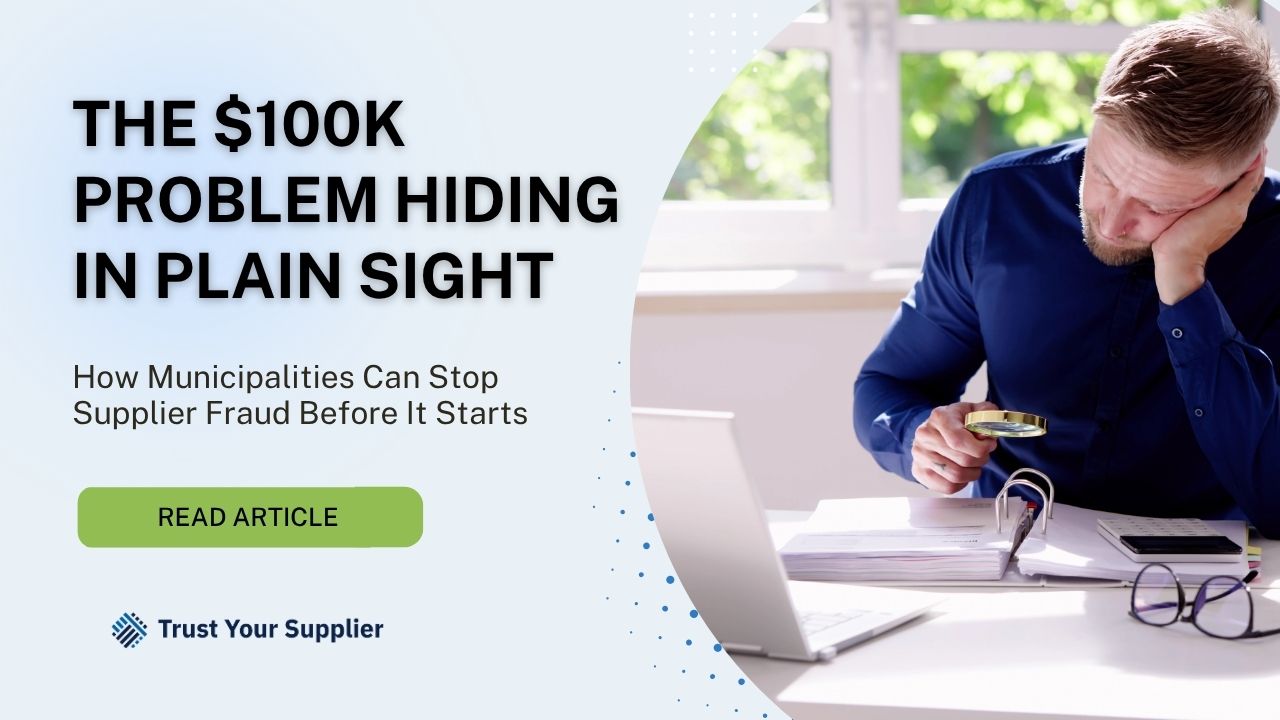
The $100K Problem Hiding in Plain Sight: How Municipalities Can Stop Supplier Fraud Before It Starts
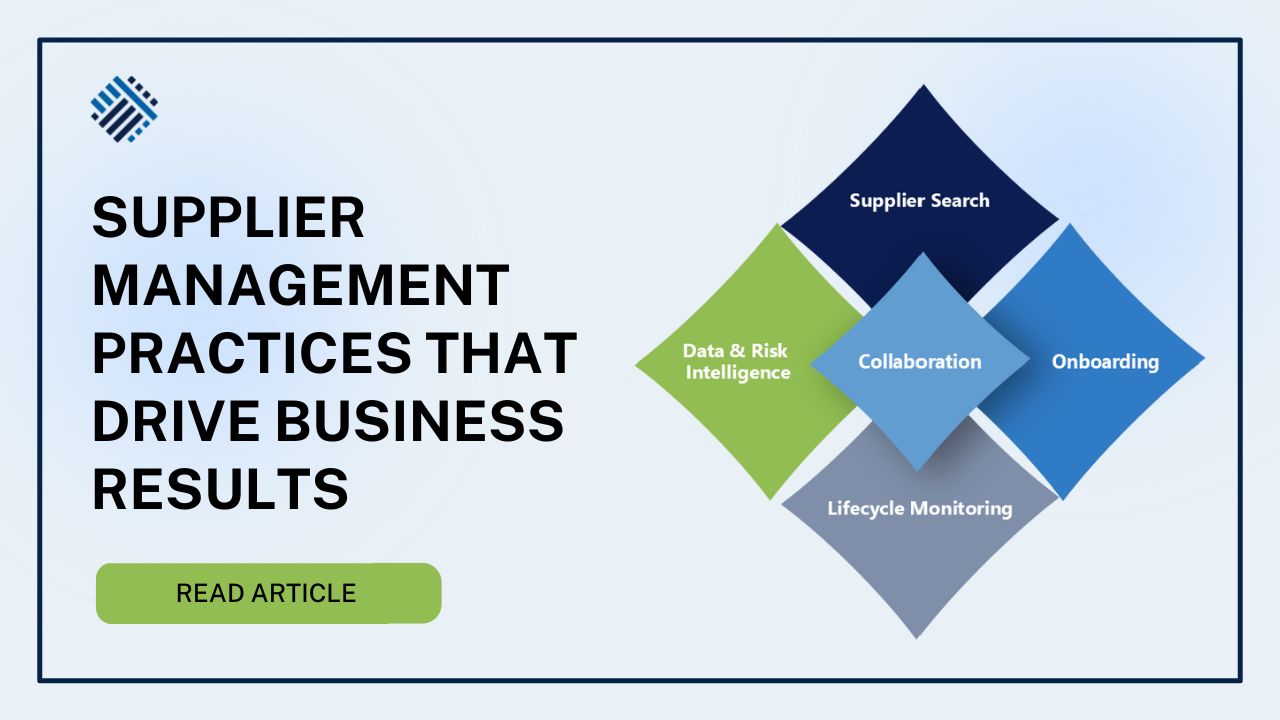
Good Supplier Management Practices That Drive Business Results
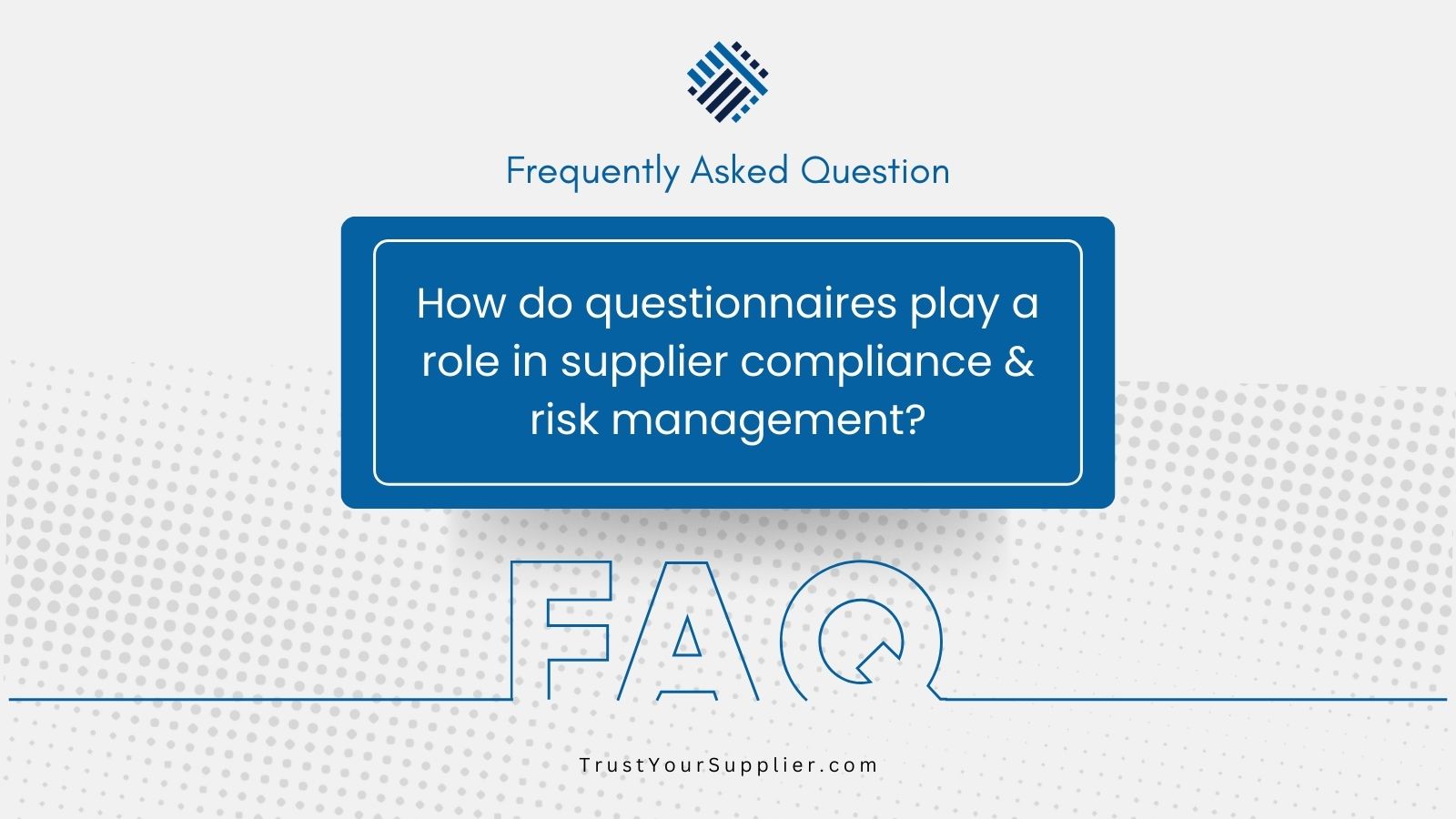
Frequently Asked Question: How do questionnaires play a role in supplier compliance and risk management?
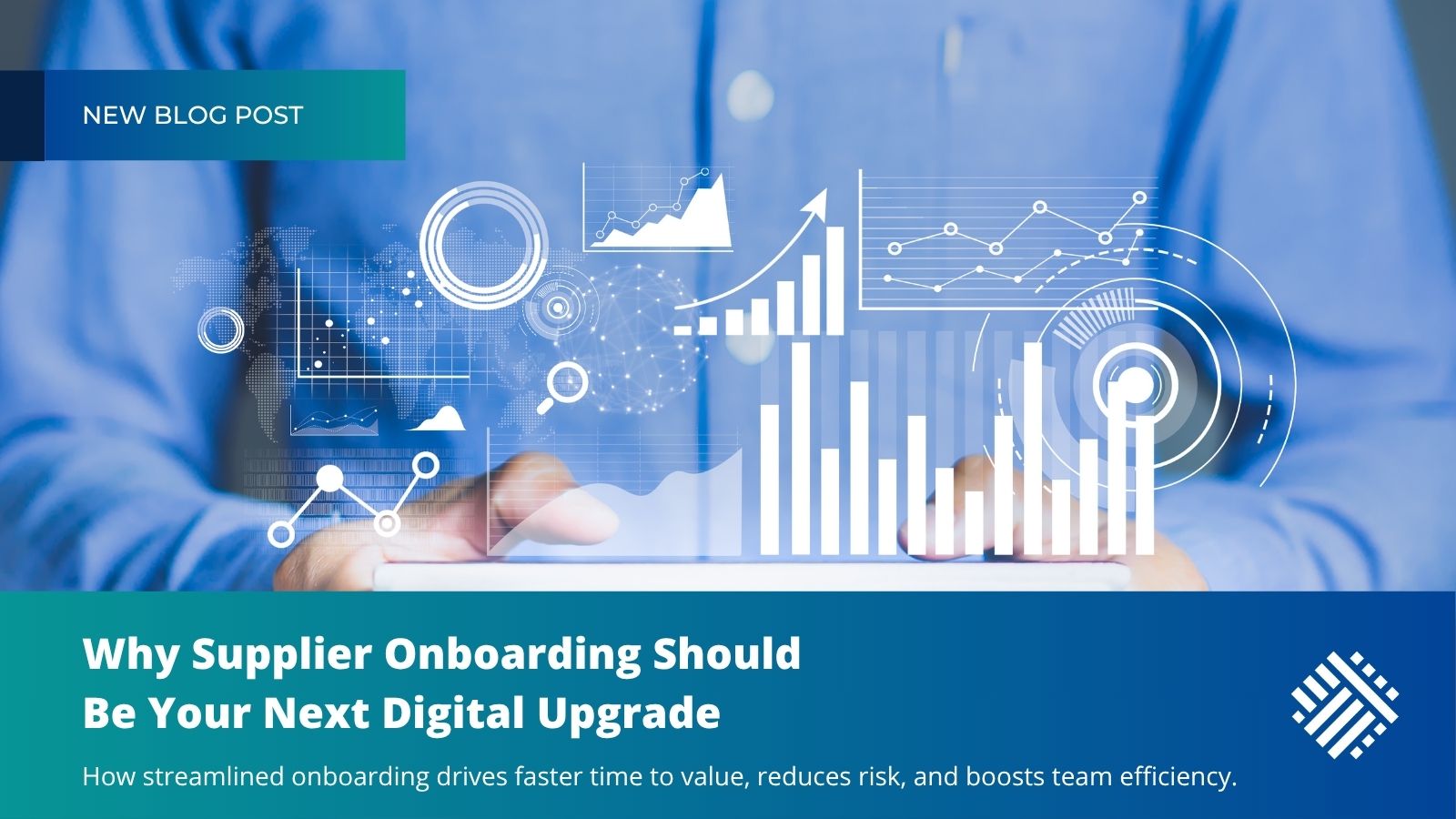
Why Supplier Onboarding Should Be Your Next Digital Upgrade
